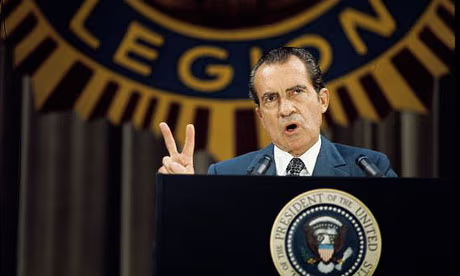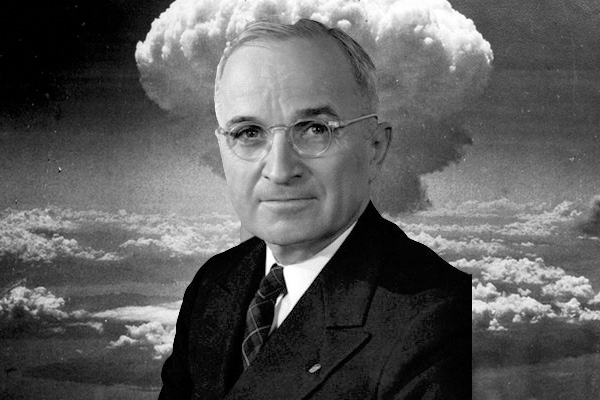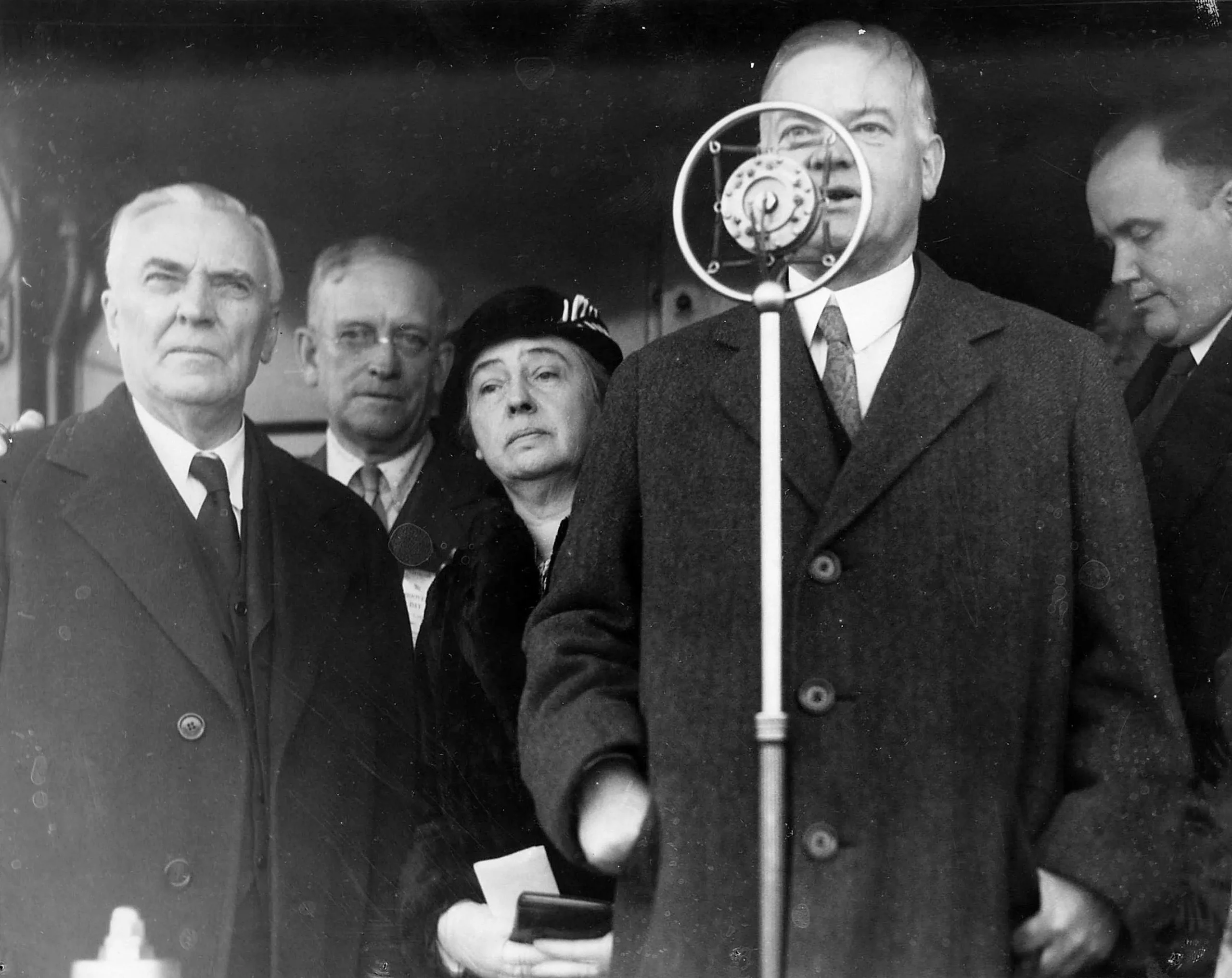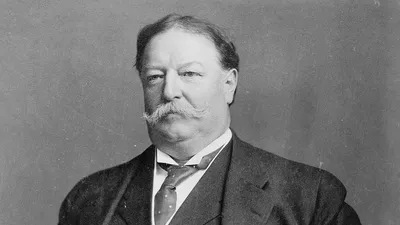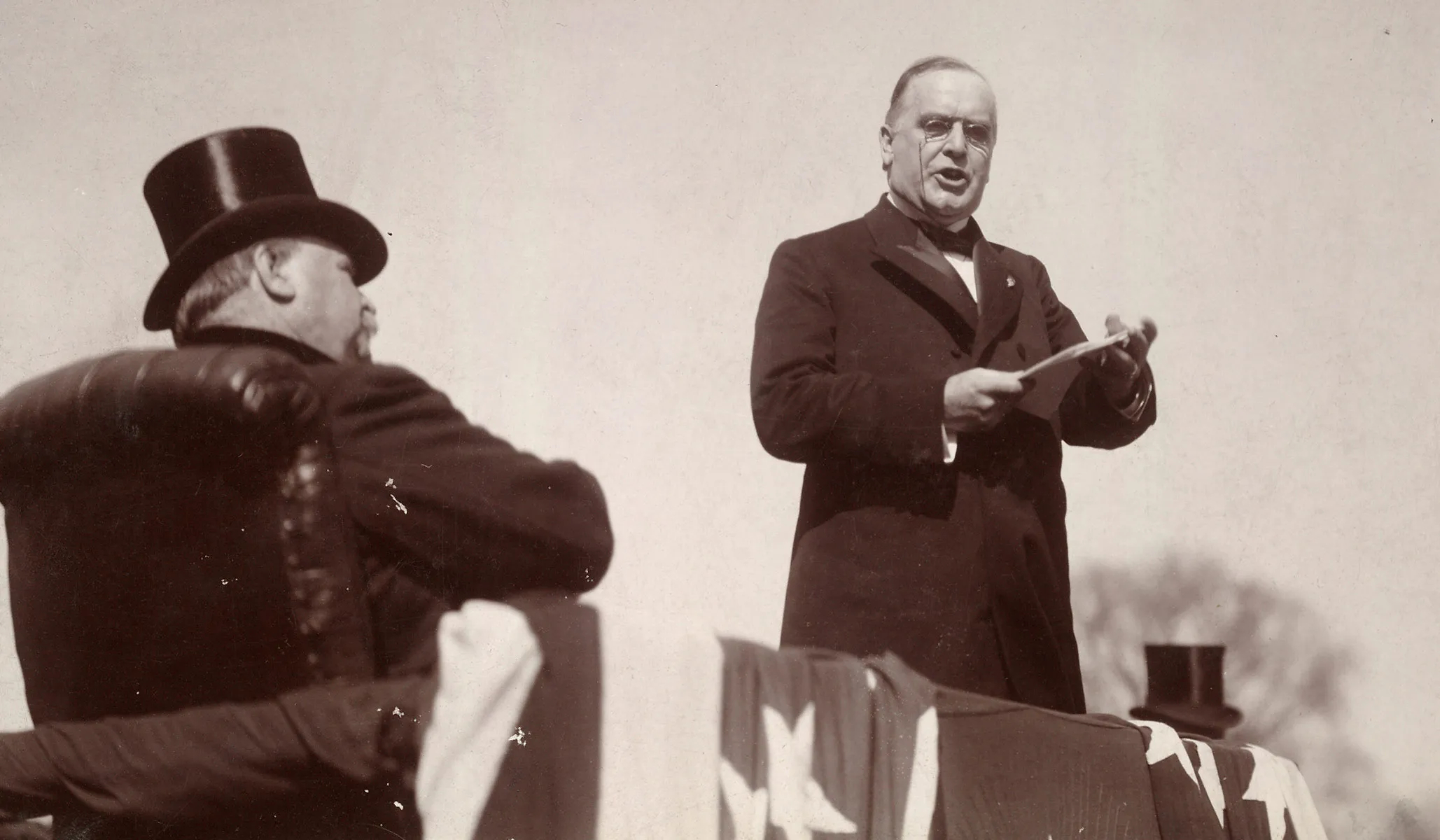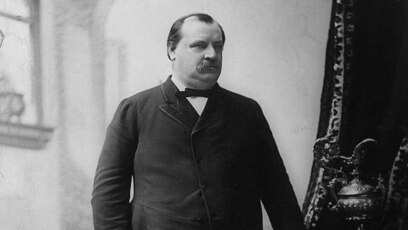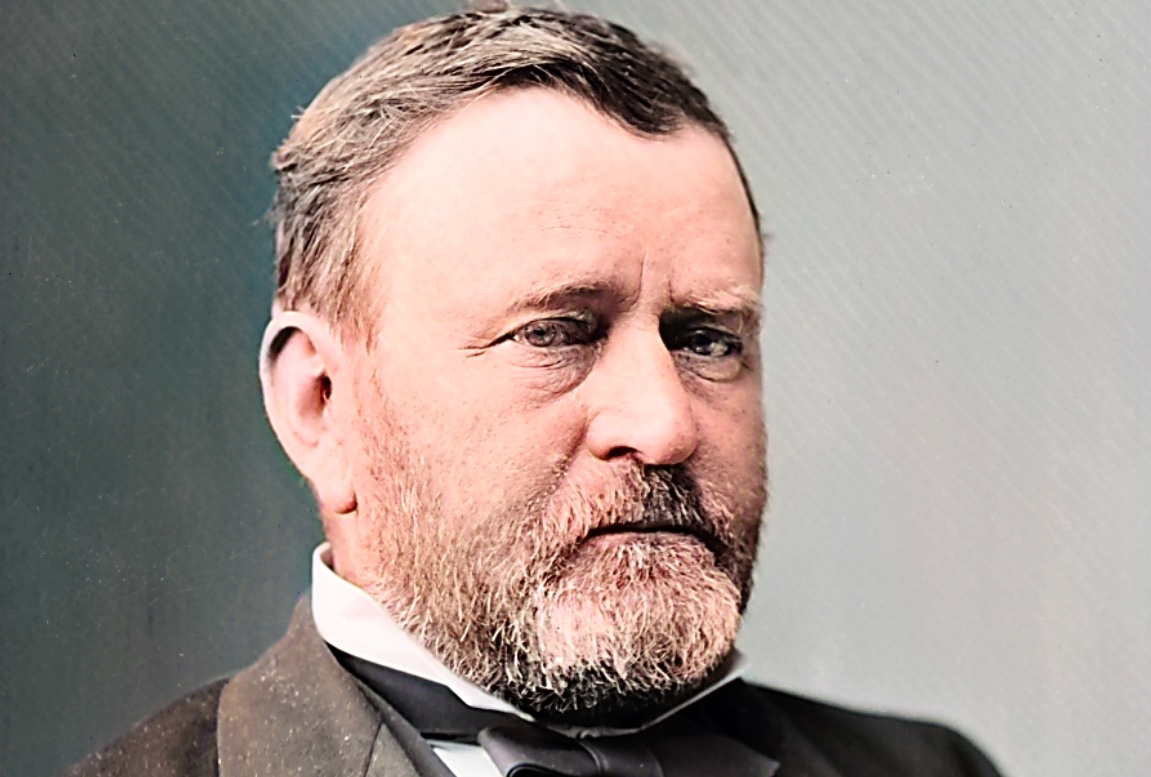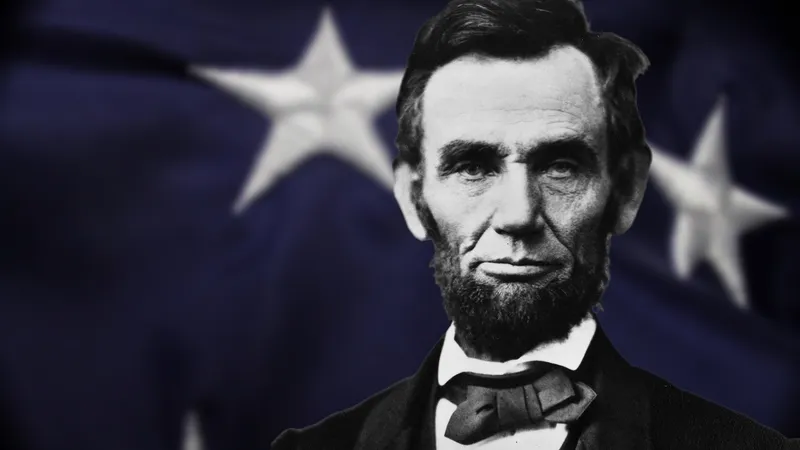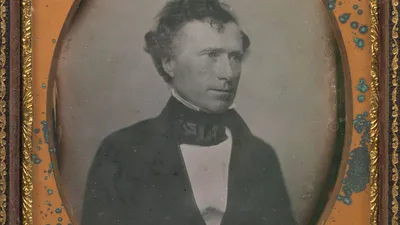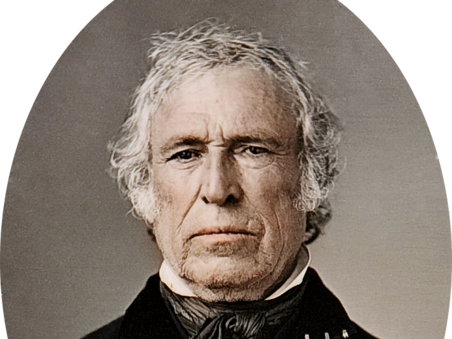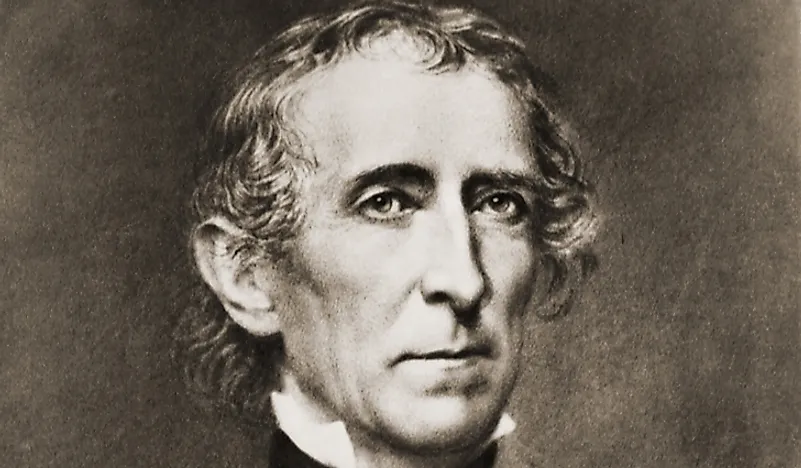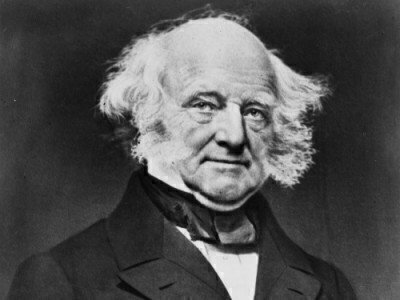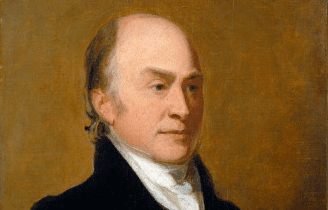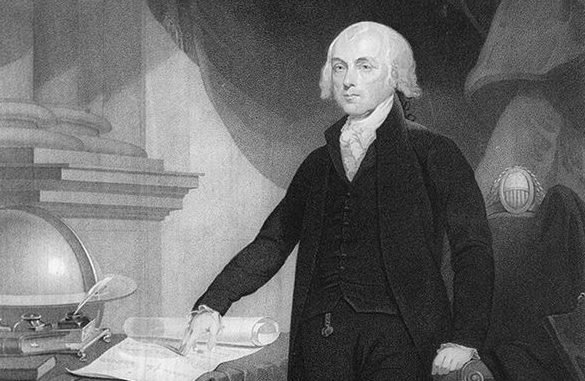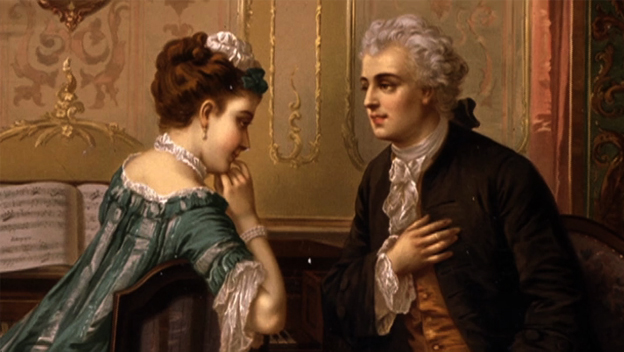Richard Nixon adalah salah satu tokoh paling kompleks dalam sejarah politik Amerika. Sebagai presiden, ia membawa sejumlah prestasi luar biasa, terutama di bidang kebijakan luar negeri. Namun, kepemimpinannya juga dibayangi oleh skandal besar yang mengakibatkan pengunduran dirinya. Artikel ini, yang dipersembahkan oleh www.mashupch.com, akan membahas paradoks yang muncul dalam kepemimpinan Nixon—seorang presiden yang penuh kontradiksi, baik dalam karakter maupun kebijakan.
Awal Karier dan Ambisi Besar Nixon
Nixon memulai karier politiknya pada akhir 1940-an dan dengan cepat mendaki tangga kekuasaan di Partai Republik. Dia dikenal sebagai politisi yang sangat ambisius dan strategis, dengan reputasi sebagai pejuang anti-komunisme yang gigih. Kemenangan besarnya terjadi pada tahun 1968 ketika ia terpilih sebagai Presiden Amerika Serikat. Dalam berbagai aspek, Nixon menampilkan dirinya sebagai sosok konservatif yang kuat dan sangat menghormati hukum dan tatanan.
Namun, di balik sikap konservatif dan retorika politiknya, Nixon sering kali mengambil langkah-langkah yang tidak sesuai dengan prinsip-prinsip konservatif yang ia anut. Inilah paradoks pertama dalam kepribadian dan kebijakan Nixon—dia dikenal konservatif, namun seringkali mengambil tindakan yang justru lebih moderat atau bahkan progresif.
Prestasi Besar di Bidang Luar Negeri
Salah satu pencapaian terbesar Nixon adalah dalam kebijakan luar negeri. Ia dikenal dengan upaya membuka hubungan diplomatik dengan Republik Rakyat Tiongkok pada tahun 1972, yang menjadi momen penting dalam sejarah Perang Dingin. Nixon juga menegosiasikan perjanjian SALT I dengan Uni Soviet, yang membantu meredakan ketegangan perlombaan senjata nuklir.
Keberhasilan Nixon dalam bidang luar negeri menunjukkan kemampuannya untuk mengambil keputusan pragmatis meskipun bertentangan dengan retorika anti-komunisnya yang kaku. Ini menjadi salah satu bukti nyata dari paradoks yang ia ciptakan—di satu sisi, ia menampilkan diri sebagai pahlawan anti-komunisme, namun di sisi lain, ia melakukan diplomasi dengan dua negara komunis terbesar di dunia.
Kebijakan Domestik yang Tidak Terduga
Meskipun Nixon sering dianggap sebagai tokoh konservatif, kebijakan domestiknya terkadang jauh dari pandangan sayap kanan. Salah satu contohnya adalah pembentukan Environmental Protection Agency (EPA) pada tahun 1970, yang menunjukkan bahwa Nixon juga peduli terhadap isu lingkungan—sesuatu yang pada saat itu lebih sering dikaitkan dengan kaum liberal. Dia juga mendukung berbagai reformasi sosial, termasuk mendukung undang-undang yang mengatur desegregasi sekolah di Selatan.
Paradoks ini memperlihatkan bahwa Nixon bukan hanya seorang politisi konservatif yang keras, melainkan seorang pragmatis yang bersedia menyesuaikan kebijakan domestiknya sesuai dengan kondisi politik dan sosial saat itu. Meskipun banyak di antara kebijakannya yang mendukung konservatisme, beberapa langkah penting justru memperlihatkan sisi progresifnya.
Watergate: Kontradiksi yang Menghancurkan
Namun, kontradiksi terbesar dalam kepemimpinan Nixon mungkin terletak pada skandal Watergate yang membuatnya jatuh dari kekuasaan. Di satu sisi, Nixon sangat menjunjung tinggi hukum dan tatanan, tetapi di sisi lain, ia terlibat dalam upaya menutupi skandal pembobolan Watergate dan melakukan tindakan yang dianggap sebagai penyalahgunaan wewenang.
Skandal Watergate mengungkap sisi gelap Nixon yang berlawanan dengan citra dirinya sebagai pemimpin yang berintegritas. Upaya penutupan skandal dan penggunaan kekuasaan untuk menghalangi jalannya penyelidikan akhirnya memaksanya mengundurkan diri pada tahun 1974. Inilah paradoks terbesar dalam karier Nixon—dia mencapai puncak kekuasaan dengan prestasi besar, tetapi kemudian jatuh karena tindakannya sendiri yang bertentangan dengan prinsip-prinsip yang ia anut secara terbuka.
Warisan yang Ambigu
Warisan Richard Nixon tetap menjadi topik yang penuh perdebatan hingga hari ini. Beberapa orang memuji keberhasilannya dalam kebijakan luar negeri dan reformasi domestik, sementara yang lain mengingatnya sebagai presiden yang jatuh karena skandal korupsi. Kontradiksi yang mewarnai kepemimpinannya tetap membingungkan banyak pengamat politik dan sejarawan.
Nixon meninggalkan jejak yang ambigu dalam sejarah Amerika. Ia adalah presiden yang penuh kontradiksi—seorang konservatif yang kadang bertindak progresif, seorang pemimpin yang membawa perubahan besar namun juga seorang presiden yang terpaksa mundur karena penyalahgunaan kekuasaan. Di www.mashupch.com, kami mengulas lebih jauh mengenai sosok seperti Nixon yang penuh dengan kontradiksi ini, dan bagaimana kita bisa belajar dari kompleksitas yang ditinggalkannya.
Kesimpulan
Richard Nixon adalah presiden yang penuh dengan paradoks. Di satu sisi, ia membawa perubahan besar dalam kebijakan luar negeri dan domestik, tetapi di sisi lain, ia hancur karena skandal yang melibatkan penyalahgunaan kekuasaan. Kontradiksi-kontradiksi ini membuatnya menjadi tokoh yang unik dalam sejarah Amerika. Nixon mengajarkan kita bahwa kekuasaan, tanpa akuntabilitas dan integritas, dapat dengan cepat berubah menjadi kejatuhan yang tragis.

